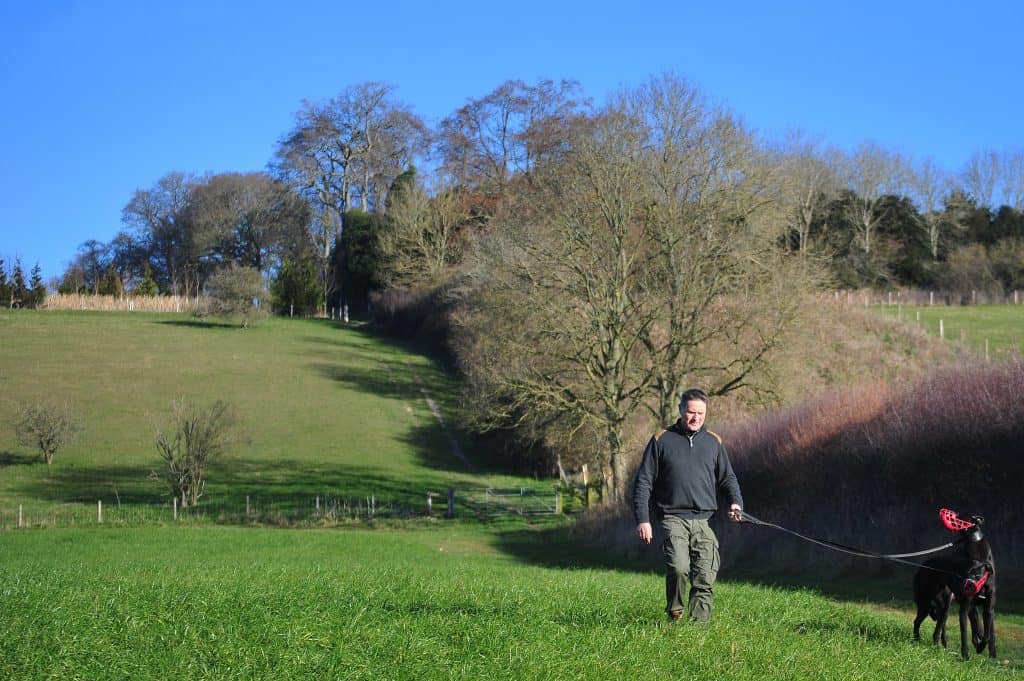At 7.30pm on Friday, September 2, Oxford Stadium will host its first greyhound race in 3,534 days.
More than 2,000 racegoers are expected to be trackside as the multi-purpose Cowley venue begins a new era for greyhound racing with a sparkling 12-race all open card.
Ahead of greyhound racing’s highly anticipated return to Oxford, we take a closer look at the sport by answering the most common questions asked by first-time racegoers.
What is greyhound racing?
Greyhound racing as we know it dates to the 1920s and was held at Oxford Stadium from 1939 until 2012 when the venue closed.
Today, racing is regulated by the Greyhound Board of Great Britain (GBGB) with 20 stadia across the UK licensed to host meetings.
Licensed venues host fixtures – known as ‘meetings’ – multiple times per week. Each meeting will feature between 10 to 14 races, with 15-minute intervals between every race.
What happens during a race?
A greyhound race at Oxford Stadium will typically take place over 450-metres, although there are shorter and longer distances over 253m, 650m, 847m and 1047m respectively.
Every race will feature six greyhounds. After a parade, greyhounds are loaded into traps by their kennel hands and a starter will wave a flag to signal the artificial hare to start moving when the starter is happy all greyhounds have been safely loaded.
When the hare passes the traps, the greyhounds are released. The first greyhound to pass the finish line is the winner. During the race, greyhounds can reach a top speed of 45mph!
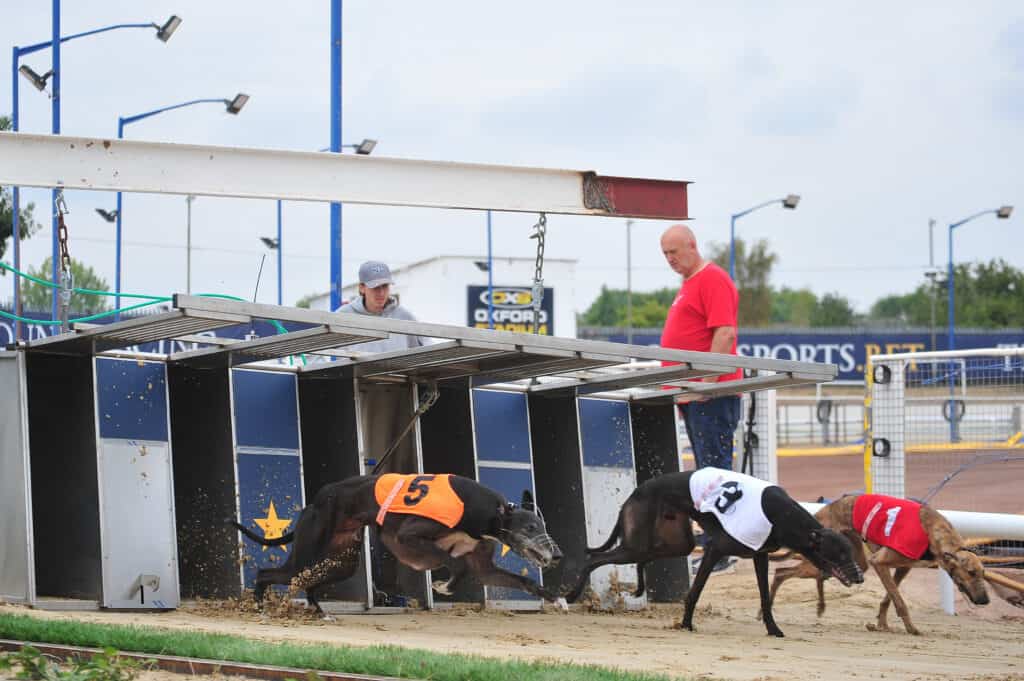
What is a greyhound’s raceday routine?
Greyhounds will typically race once every week, although this varies greatly depending on a dog’s condition.
Greyhounds are routine animals, and therefore are subject to the same processes every time they visit Oxford Stadium. This includes:
- Veterinary inspection: Arriving at the track at least 90 minutes in advance of their race – no greyhound deemed unfit to run will be allowed to participate at Oxford Stadium.
- Kennelling: To guarantee racing is held under the highest levels of integrity, every greyhound is placed in its designated kennel until it’s time to race. Kennels are airconditioned to 15C in the summer and heated to the same temperature in the winter.
- Race time: Greyhounds will parade in front of the grandstand before running in their respective race. When the race finishes, they are picked up by their handler on the backstraight where the artificial hare will gradually slow to a halt.
- Final checks: All greyhounds are checked over by our vets after they have finished racing. Any minor injuries are immediately treated onsite.
- Home time: Once a greyhound has received the all-clear to travel home from our paddock stewards, they are taken back to their base for a well-earned rest!
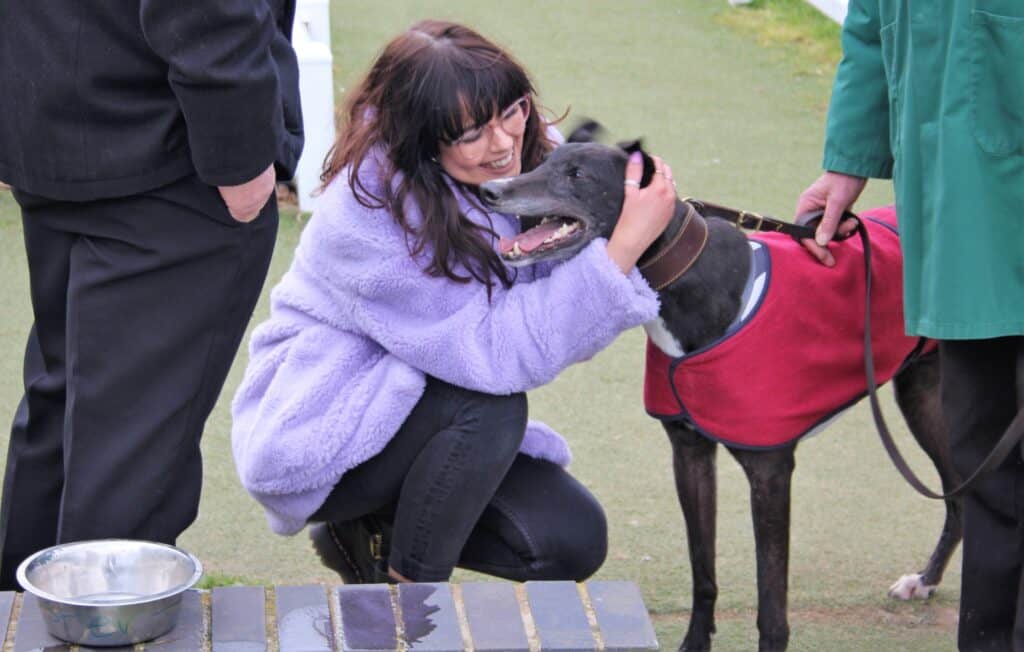
How do greyhounds live away from the track?
Greyhounds are looked after seven days a week by their trainers and kennel hands in purposely built kennels.
A typical day at ‘home’ would involve:
7am – The day begins. All greyhounds are turned out into paddocks to play while staff clean kennels and lay down new bedding or re-lay duvets following a night’s sleep.
8am – Breakfast time! Greyhounds are fed the highest quality foods to ensure they are in peak physical condition. Breakfast might include fish, eggs, milk, honey and cornflakes.
9am – Morning walks. A big part of greyhound training is keeping dogs healthy and active. Greyhounds are walked twice daily when fit for anything between 30 minutes to a full hour.
12pm – Walking complete, it’s time for some rest. Some trainers use the afternoon to allow their dogs to relax outside in their paddocks in the fresh air, particularly if the sun is shining and it’s not too hot!
5pm – Dependant on a dog’s condition, they may be walked for a second time during the afternoon to keep them stimulated and healthy.
7pm – Dinner time! The boiler would’ve been on all afternoon to give the dogs a healthy evening meal. Often, it’s a mix of biscuit, chicken and vegetables. Maybe a steak if they’re lucky!
9pm – Final checks! Trainers will make some final checks before turning the lights off for bedtime. During the winter, kennels are central heated and in the summer air conditioning is used to keep the dogs cool.
Who looks after greyhounds when they retire?
Racing greyhounds typically retire between the ages of four to six but have a life expectancy of 10-14 years.
When a greyhound retires, the owner may decide to keep it as a pet to look after at home. But not all greyhounds go to live with their owners after racing.
Some are sent to rehoming centres where they can be adopted, others continue to live with their trainers.
In the past year, 94% of greyhounds have been successfully homed when they retire. And no greyhound has been put to sleep because no home could be found for it in three years.
READ MORE: GBGB launches fresh welfare strategy
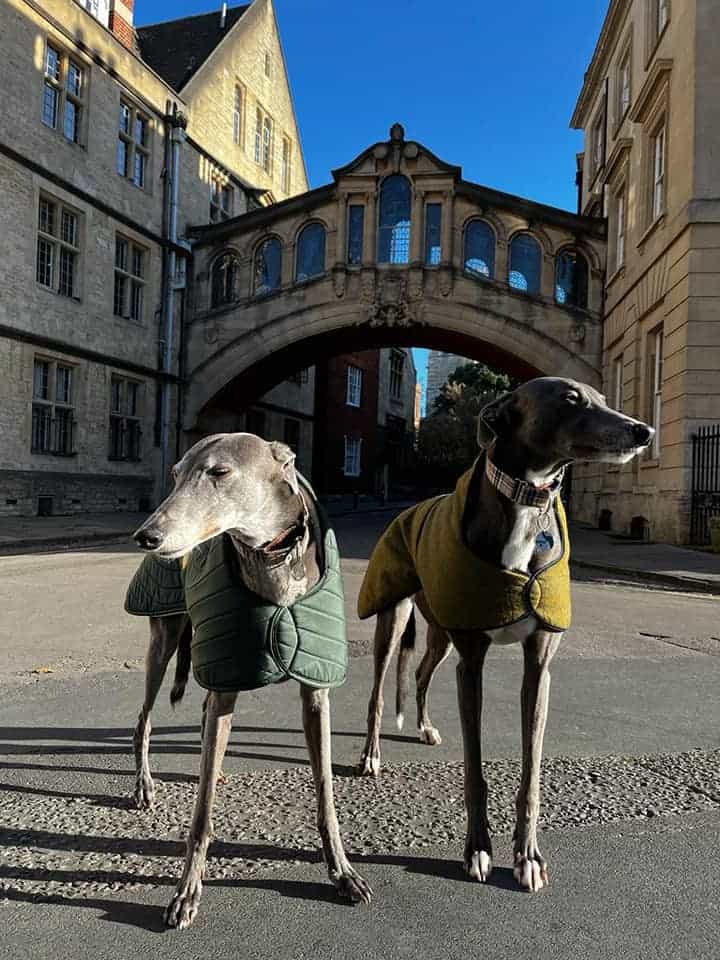
Is greyhound racing safe?
The welfare of all greyhounds connected to Oxford Stadium before, during and after their racing careers is our biggest priority.
Several extensive new regulations and trackside measures have been introduced to ensure all greyhound races are held in the safest and most secure environment possible. This includes:
- All fixtures are held in the presence of an experienced and qualified onsite vet
- Padding is placed around the perimeter of turns one and three
- Greyhounds cannot race or trial within four days of their most recent run
In 2021, 4,422 injuries (1.23%) were reported on GBGB licensed greyhound tracks. Injuries are classified as anything from a small cut to a more serious hock or wrist injury. In addition, 120 fatalities were recorded (0.03%).
You can view the full report here.
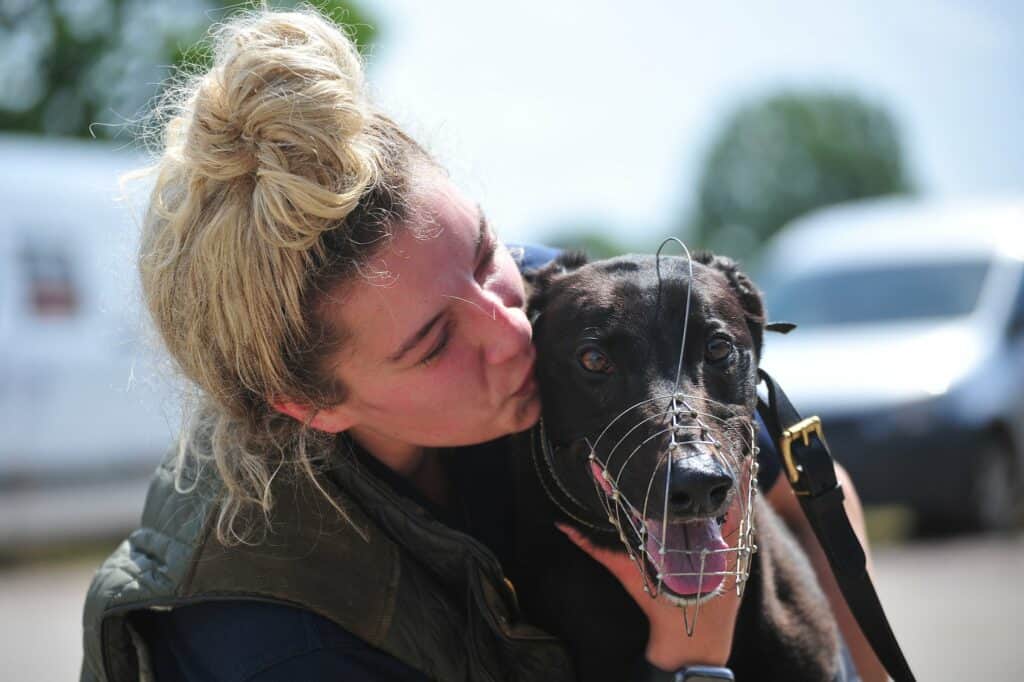
How can I get involved?
There are lots of ways to get involved in greyhound racing at Oxford Stadium.
1.Become an owner
There is nothing quite like experiencing the thrill of owning your own racing greyhound. Training fees range between £8-£10 per day.
Speak to our Racing Manager Kiaran O’Brien via oxford@bagsracing.com to learn more.
2. Join our team!
We’re always on the lookout for friendly individuals to join our race night operation. From working in the kennels to assisting our racing office, working on the track or in our bars and restaurants.
Check out our latest vacancies by clicking here
3. Be trackside!
Oxford Stadium will host top quality greyhound racing every Friday and Saturday evening. Admission starts from just £9.
4. Speak to a trainer
Most greyhound trainers are always happy to welcome an extra pair of hands at their kennels.
If you’d love to own your own dog but cannot commit the time to seven-day-a-week care, speak to one of our trainers at Oxford Stadium who may be happy to allow you to help out on select days by walking and feeding the stars of our sport!
